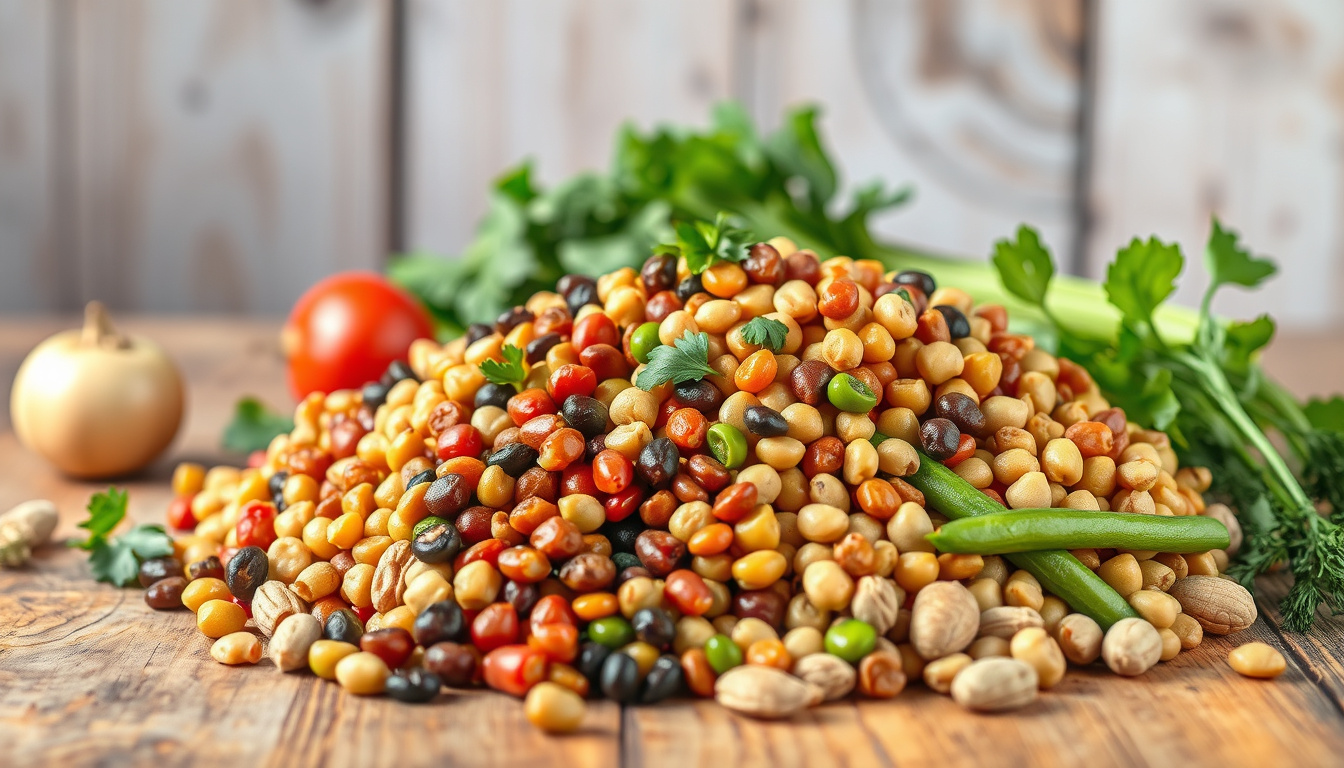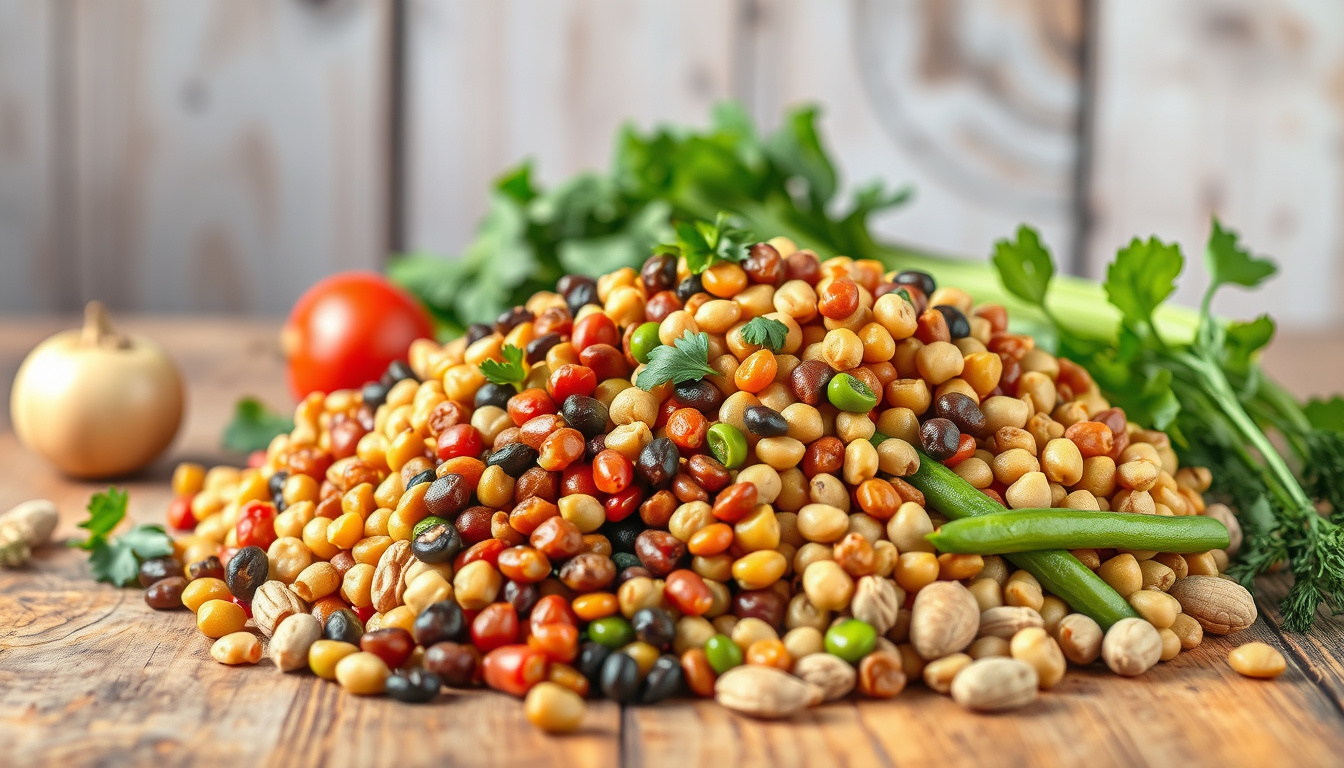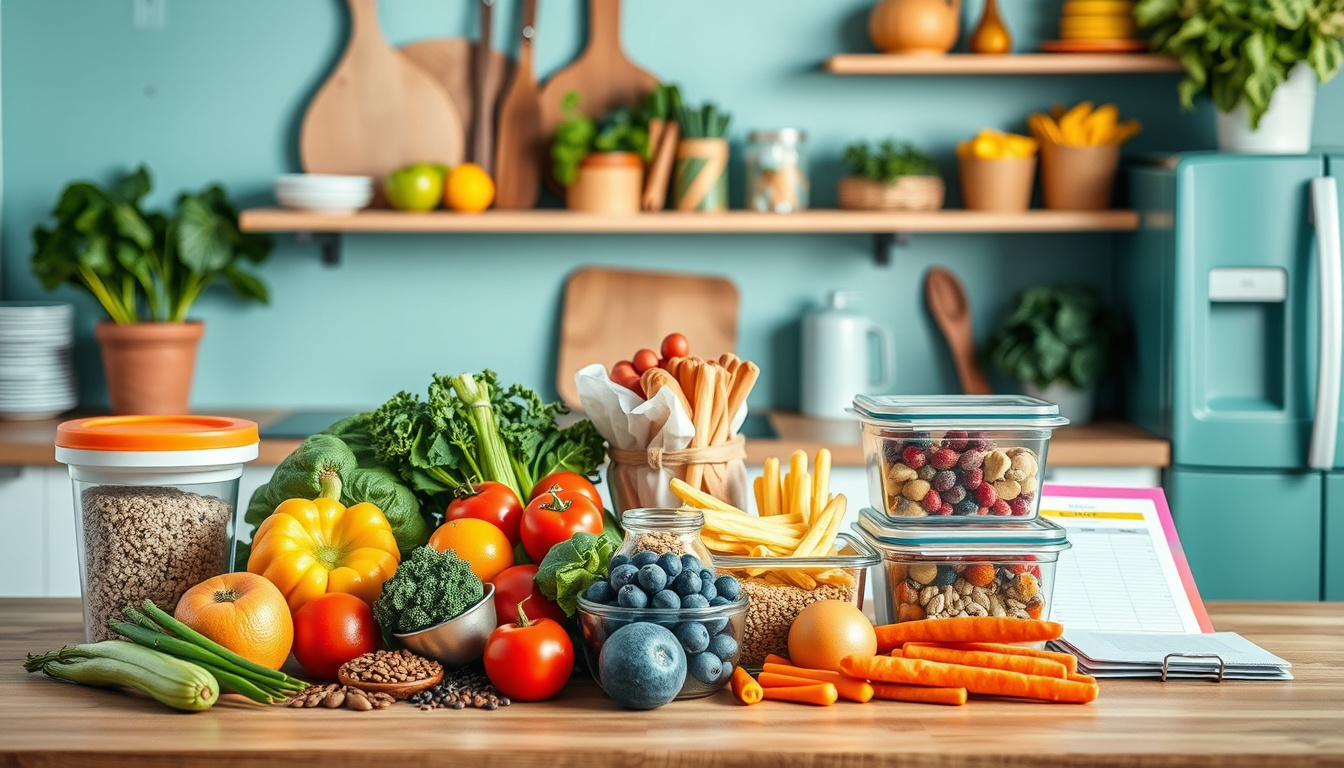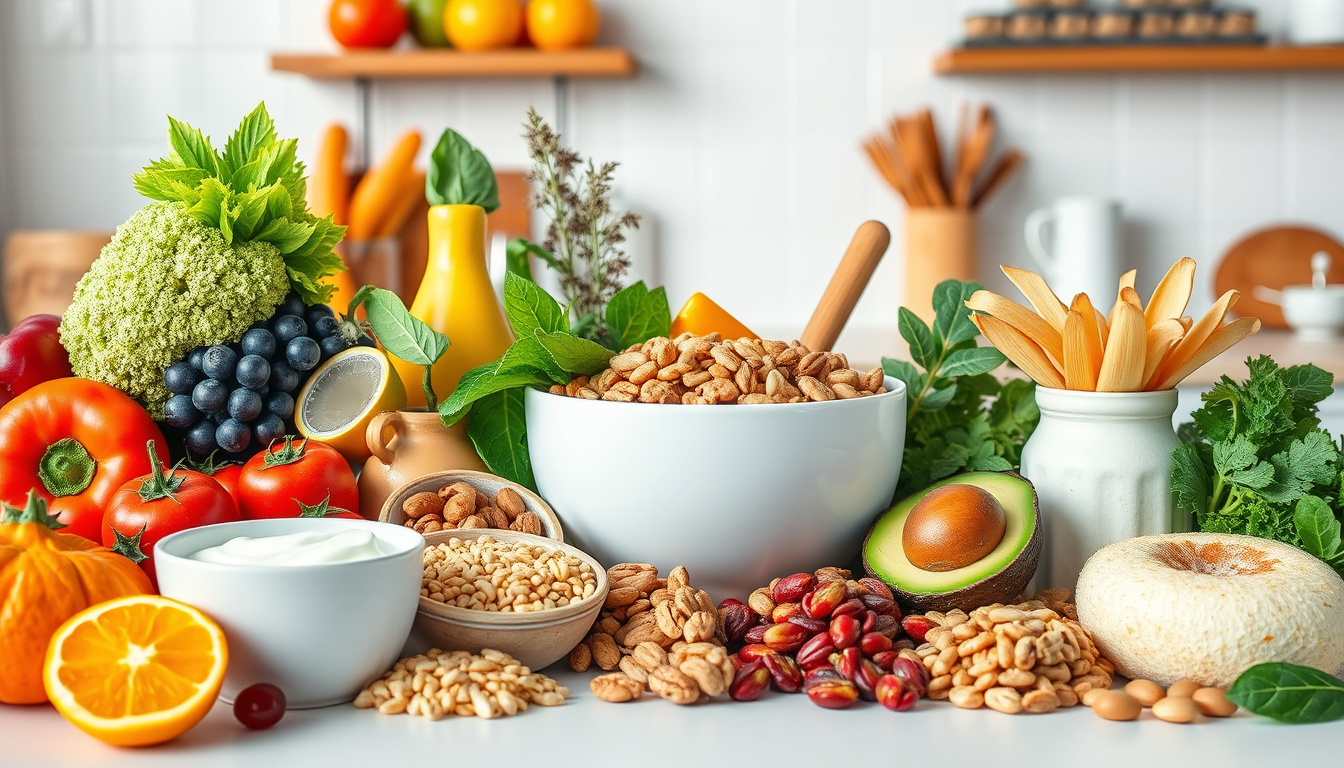Hey there, friend! 🌱
If you explore the world of vegetarianism or want more plant power in your meals, you are in the right spot. Many ask, "How do I get enough protein?" I am here to help. We will find tasty, protein-rich foods that keep your plate both colorful and fulfilling.
The Protein Puzzle: What You Should Know
Protein is a key nutrient. It repairs your tissue, builds your muscles, and keeps your immune system strong. You may notice that animal protein and plant protein work in different ways. To get enough protein, include many kinds of vegetarian foods. Let us break it down.
Power Up with Legumes
Legumes, like beans, lentils, and chickpeas, bring protein and fiber. They give two bright benefits.
Legume Love
- Chickpeas: Use them in hummus or toss them in salads. One cup gives 15 grams of protein.
- Lentils: Add them to soups or mix with rice. One cup cooked gives 18 grams.
- Black beans: They work well in tacos or nachos. One cup has about 15 grams.
Try a simple salad: Mix cooked lentils with roasted vegetables and a bit of balsamic vinegar.
Nuts and Seeds: Tiny but Mighty
Nuts and seeds pack protein in a small package. They work as quick snacks or add a nice crunch to meals.
Crunch Time
- Almonds: One ounce brings 6 grams of protein. Enjoy them in smoothies or by themselves.
- Pumpkin seeds: One ounce supplies 9 grams of protein. Sprinkle on salads or mix into granola.
- Chia seeds: One ounce gives 5 grams of protein. Stir them into your oatmeal or blend into smoothies.
Imagine starting your day with chia seed pudding topped with fresh fruit. It feels light and bright.
Whole Grains for the Win
Whole grains add extra protein to your meals. Foods like quinoa, brown rice, and barley are healthy and filling.
Whole Grain Goodness
- Quinoa: This grain gives all nine essential amino acids. One cup cooked has about 8 grams. Use it in salads or as a side dish.
- Brown rice and black bean bowls: This pair builds a complete protein. Add veggies to finish a nourishing bowl.
Try quinoa-stuffed bell peppers next time you cook. They please both your eyes and your taste buds.
Dairy and Eggs: If You Eat Them
If your vegetarian diet includes dairy and eggs, you can include even more protein.
Dairy Delights
- Greek yogurt: One cup offers about 20 grams of protein. Enjoy it for breakfast or as a snack.
- Cottage cheese: A half-cup gives around 14 grams of protein. Top it with fruit or mix it in pasta dishes.
Eggcellent Choices
- Eggs: One egg gives about 6 grams of protein. They work in scrambles or as a hard-boiled snack.
Try eggs with sautéed spinach and a bit of feta for a simple, tasty breakfast.
Tofu and Tempeh: The Meatless Marvels
Tofu and tempeh stand strong in many vegetarian kitchens. They take in other flavors and work in many recipes.
Soy Power
- Tofu: Up to 20 grams of protein per cup can come from tofu. Grill it, stir-fry it, or add it to soups.
- Tempeh: With around 31 grams of protein per cup, tempeh is a powerhouse. Use it in sandwiches, salads, or stir-fries.
Try marinating tempeh in a favorite spice blend and grill it for a tasty BBQ dish.
The Final Scoop: Balance is Key!
Mixing different protein sources makes your vegetarian diet both healthy and exciting. Use new recipes and small swaps to see how your body feels. A simple change in food can bring a fresh outlook to your plates.
Are you ready to get creative in your kitchen? With these protein choices at hand, you can boost your protein with ease. Happy cooking, and keep shining your light! ✨
If you’re interested in more plant-based tips, check out our guide on Creating Balanced Vegetarian Meals to help round out your diet.




